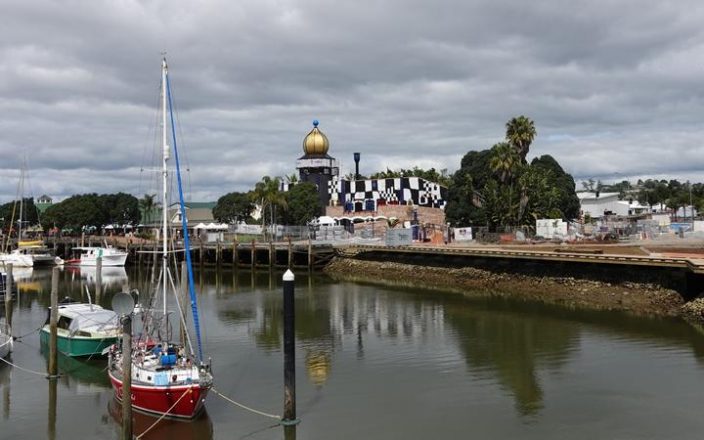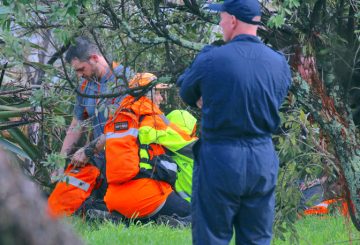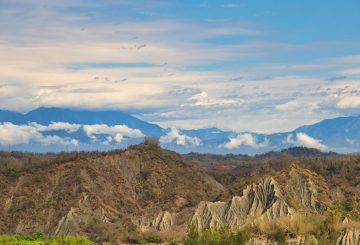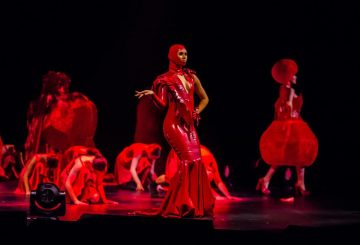Các nhà vận động Trung tâm Nghệ thuật Hundertwasser đang đếm ngược đến ngày khai trương tại Whangārei.
Du khách sẽ được chào đón vào ngày 15 tháng 12 – sinh nhật của nghệ sĩ quá cố.
Friedensreich Hundertwasser là một trong những nghệ sĩ châu Âu nổi tiếng nhất của thế kỷ 20.
Ông qua đời năm 2000 và có trụ sở gần Kawakawa trong những thập niên cuối đời.
Ông đã thiết kế trung tâm cho Whangārei vào năm 1993 nhưng hội đồng quận đã đấu tranh để đảm bảo một địa điểm, tài trợ và hỗ trợ công cộng.
Đề xuất này sau đó đã thắng một cuộc trưng cầu dân ý vào năm 2015 và đã chi phí hơn 33 triệu USD để xây dựng, phần lớn từ các khoản quyên góp từ thiện và 18,5 triệu USD từ Quỹ Tăng trưởng tỉnh.
Nó sẽ sớm là nơi có khoảng 16 triệu USD nghệ thuật của Hundertwasser, bộ sưu tập vĩnh viễn duy nhất bên ngoài Vienna, cũng như phòng trưng bày Wairau, phòng trưng bày đầu tiên trên thế giới dành riêng cho nghệ thuật Māori đương đại.
Chủ tịch hội đồng quản trị phòng trưng bày Wairau Māori Elizabeth Ellis (Ngāpuhi, Ngāti Kuta, Ngāti Porou Te Whānau a Takimoana, Ngāi Tane) cho biết hai phòng trưng bày bên trong sẽ thể hiện “những thứ hoàn toàn khác nhau” nhưng quan điểm thế giới của Hundertwasser và te ao Māori có rất nhiều điểm chung.
“Bên dưới tất cả những gì là triết lý lộng lẫy, niềm tin này vào sự hòa hợp giữa thiên nhiên và sự sáng tạo của tất cả nhân loại.”
Chủ tịch Prosper Northland Trust Andrew Garratt đã dành ba năm tình nguyện để biến dự án thành hiện thực.
Ông nói với RNZ thấy tòa nhà quá gần hoàn thành là “những thứ khá thú vị”.
“Tôi cảm thấy như toàn bộ cách chúng tôi làm nó sẽ là duy nhất. Sẽ rất khó để thấy làm thế nào một tòa nhà có thể khơi dậy niềm đam mê như vậy một lần nữa.”
Andrew Garratt và các tình nguyện viên đồng bào đã quyên góp hơn 16 triệu USD cho dự án.
Họ cũng tái chế vật liệu từ tòa nhà bến cảng cũ của Whangārei, bao gồm sứt mẻ hơn 35.000 viên gạch.
Richard Smart, đại diện New Zealand cho Quỹ Hundertwasser, đã giám sát việc kiểm soát chất lượng tại công trường.
Ông làm việc cho nghệ sĩ gốc Áo trong 8 năm.
“Anh ấy yêu New Zealand. Ông ấy yêu thiên nhiên. Anh ấy thích sự tĩnh lặng ở chỗ của mình. Đó là một nơi ẩn náu. Ông đến New Zealand để nghỉ ngơi, để đắm mình trong thiên nhiên.”
Trung tâm nghệ thuật Hundertwasser được bao phủ bởi một mái rừng rậm với hơn 4000 cây, và một tháp đứng đầu với một cupola phủ bằng lá vàng mỏng.






























































